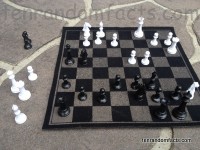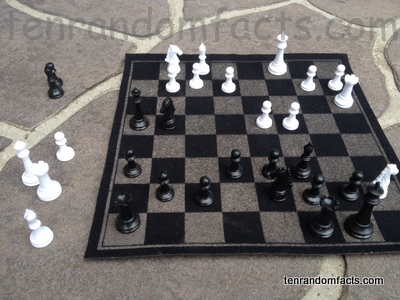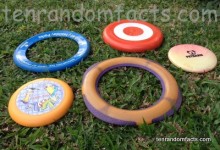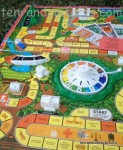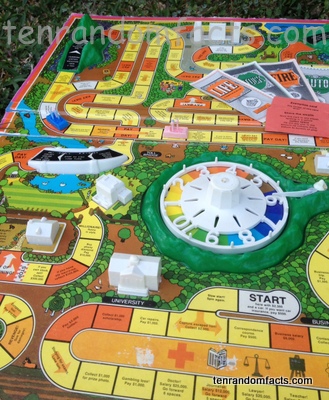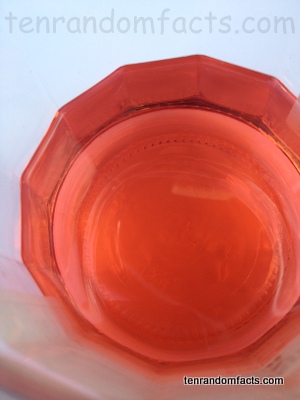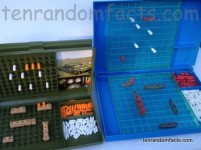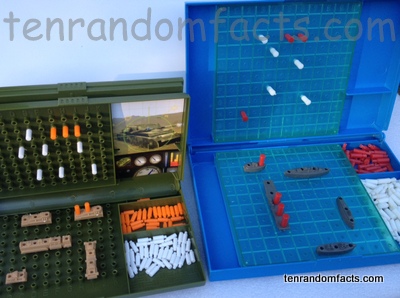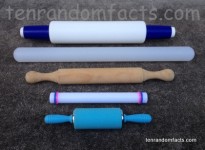
Roll out the mix with a rolling pin.
- Rolling pins are an invention of a cylindrical shape that are generally used to flatten and level out food, most often dough, although they are also commonly used to roll out icing for cake decorating purposes.
- Sometimes rolling pins have handles attached to both ends of the pin, a long rod, although the handle can be a shaped part of the pin itself.
- Rolling pins range from 2 to 10 centimetres (0.8 to 4 inches) in diameter, and they can be as small as 12.7 centimetres (5 inches) in length and as long as 51 cm (20 inches).
- Thinner rolling pins are generally rolled using the palm, while wider rolling pins generally have handles and generally have a greater force behind the push.
- Rolling pins can be made of plastic, glass, wood, ceramic, steel, marble and silicone; and some are designed to have anti-stick properties.
- Some rolling pins may be heated or cooled, or filled with warm or cold water, to achieve a better effect when rolling certain foods.
- It is believed that rolling pins were first used by the Etruscan civilisation in ancient Italy from around 800 BC, and were used to flatten dough.
- There is a popular stereotype of housewives brandishing a rolling pin as a weapon when angered.
- One of the first rolling pins to have separately attached handles that moved independently of the pin was patented in 1879, by American Philip Cromer.
- Some rolling pins have indents or extrusions on the pin surface that imprints designs and patterns into the food.
Bibliography:
Rolling Pin, 2015, How Products Are Made, http://www.madehow.com/Volume-7/Rolling-Pin.html
Rolling Pin, 2015, Wikipedia, https://en.wikipedia.org/wiki/Rolling_pin





